Artvigil 250 mg (Nuvigil) Treat Narcolepsy & Hypopnea Syndrome
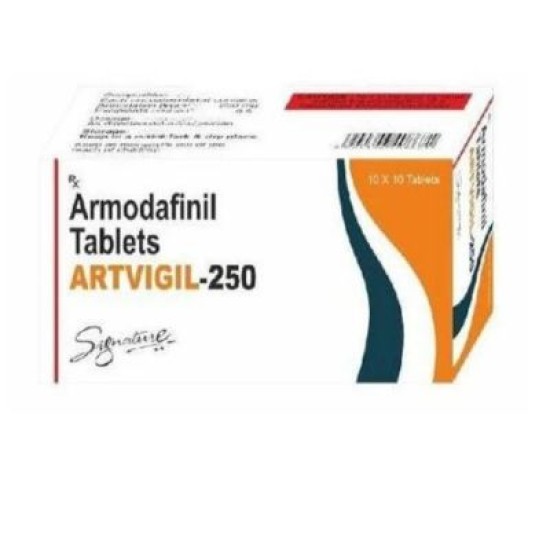
- Stock: In Stock
- Brand: Signature Pharmaceuticals
- Model: Artvigil 250 mg
- SKU: ARTGL250
- Active Ingredient: Armodafinil
- Treatment: Narcolepsy
- Alcohol: Don't Drink
Available Options
Artvigil 250 mg (Armodafinil) is a psychostimulant used to
increase alertness. It is used to treat narcolepsy, obstructive sleep apnea or
hypopnea syndrome (when combined with continuous positive airway pressure), and
chronic shift work sleep disorder when non-drug treatments have failed.
"Armodafinil" is the active ingredient of Artvigil 250mg. Artvigil 250 mg Tablet is a drug that is meant to make you more alert and less sleepy during the day if you have narcolepsy, obstructive sleep apnea, or shift work sleep disorder. "Armodafinil, the active ingredient in Artvigil 250mg pill," changes chemicals in the brain that control whether you are awake or asleep. Armodafinil is brand name of Nuvigil.
Sleep apnea is a disease that you may know about. More than 18 million people in the United States have this condition.
Mechanism of Action of Artvigil 250
- Dopamine Transporter Inhibition
- Modulation of other neurotransmitters
- Indirect Dopamine Receptor Activation
- Other potential mechanisms
How Artvigil 250 works?
Artvigil 250 is used to treat extreme tiredness that is
caused by:
- Narcolepsy is a brain disease that can make you fall
asleep at any time.
- obstructive sleep apnea (a problem that makes you stop
breathing for short amounts of time many times while you sleep)
- shift work sleep disorder is when you have trouble with
your normal sleep-wake cycles because you work nights, early mornings, or
changing shifts.
You don't get enough deep sleep because these situations
make it hard for you to sleep normally. When you should be awake, this makes
you feel sleepy.
Artvigil 250 is a stimulant drug that works in your brain to
make you more alert and less sleepy. It's not completely clear how it makes you
more awake.
Dopamine and other chemicals that send messages in your
brain are thought to work better when you do this. This could make the parts of
your brain that control sleep and waking work harder. This could also help you
feel less tired and more awake.
Talk to your doctor or pharmacist if you want to know more
about how Artvigil 250 works.
Sleep apnea is a disease that you may know about. More than 18 million people in the United States have this condition.
Side Effects Of Artvigil 250
Common Side Effects
- Headache
- Nausea
- Dry mouth
- Dizziness
- Insomnia (difficulty sleeping)
- Anxiety
- Fatigue
- Loss of appetite
- Trouble concentrating
- Stomach pain
Less common side effects
- Depression
- Mood swings
- Hallucinations
- Skin rash
- High blood pressure
- Irregular heartbeat
- Seizures
Rare but serious:
- Stevens-Johnson syndrome (a serious skin reaction)
- Toxic epidermal necrolysis (a life-threatening skin reaction)
- Angioedema (swelling of the face, lips, and throat)
- Liver problems
Armodafinil 250 mg for Narcolepsy (sleep problems)
Narcolepsy is a neurological disorder that affects the control of sleep and wakefulness. Individuals with narcolepsy often experience excessive daytime sleepiness and may have difficulty staying awake for extended periods. The condition can significantly impact daily activities, work, and overall quality of life. The FDA has cleared Artvigil 250 to help people with narcolepsy who are too sleepy stay awake.
How Artvigil 250 Treat Narcolepsy
Having narcolepsy means that your brain can't control when you sleep and wake up. This leads to "sleep attacks," which are times when you fall asleep quickly, without warning, and without being able to wake up.
These are some signs of Narcolepsy:
- Having trouble sleeping at night, like having too many
dreams or waking up a lot
- Having trouble staying awake during the day
- Suddenly passing out at any time with no warning
- Having vivid thoughts or images (seeing or hearing
things that aren't there) before or after going to sleep or waking up
- If you can't move while you're going asleep or getting
up, you have sleep paralysis.
- Cataplexy is a rapid loss of strength in your neck or
arms that can cause you to fall down.
- The drug Nuvigil is a stimulant that helps you stay
awake during the day. But it doesn't fix the problem that's making you
sleepy.
How well it works for sleepiness
Patients with narcolepsy who are too sleepy during the day
can benefit from taking Artvigil 250 to stay awake. To find out how well the
drug worked in human tests.
Trusted Source, Artvigil 250 is often one of the first
medicines doctors suggest to treat narcolepsy-related tiredness.
Hypopnea (Low blood pressure)
Sleep apnea and hypopnea are both sleep conditions in the same family. When someone has hypopnea, their breathing slows down for at least 10 seconds, their ventilation drops by 30%, and their oxygen intake drops. The amount of oxygen that gets to your red blood cells goes down because of this.
People with hypopnea often have it at night while they sleep, but it can also happen when they're awake. Hypopnea comes in two main types, but it can be hard to tell them apart from apnea, which is when breathing stops totally. It is thought of as:
Central sleep apnea: This is when you have trouble breathing because your lung effort is off.
Obstructive sleep apnea: This is when you can't breathe because your mouth is closed or narrowed.
Why people get Hypopnea?
Hypopnea and sleep apnea are both caused by the same things.
- The muscles in your throat loosen up while you sleep, which can lead to obstructive sleep apnea or hypopnea.
- People with central sleep apnea or hypopnea can't breathe because their brains aren't telling their muscles how to breathe.
For each type of hypopnea, the risks may be a little different. These things put you at risk for obstructive hypopnea:
- How long your neck is
- Being overweight
- Gender (guys are more likely to have it)
- Using tobacco(smoking)
- The use of alcohol
- Using drugs that make you sleepy or sedative
- Age: middle-aged and older people are more likely to have it.
- Clogged nasal tubes
- Genes (family past can be important)
Sleep Hypopnea signs and symptoms
When they happen for no other reason, the following signs of sleep hypopnea can be seen:
- Being very tired during the day
- Feeling tired when you wake up after a good night's sleep
- Waking up choking
- Waking up often during the night
- Snoring a lot
- Lack energy
- Have trouble remembering things or paying attention
- Feel depressed or irritable
- A headache when you wake up
Hypopnea has three types
- Central hypopnea, when air flow lessens and breathing slows
- Obstructive hypopnea, when only air flow, not breathing, is lowered
- Mixed hypopnea, which has periods of both central and obstructive hypopnea

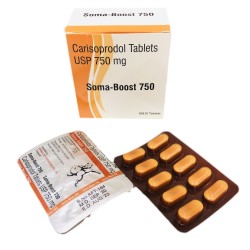
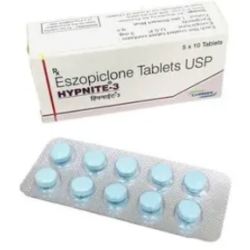
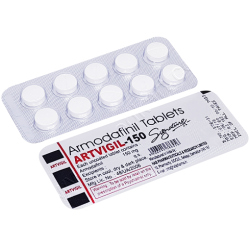

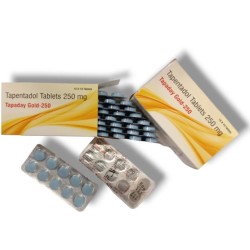
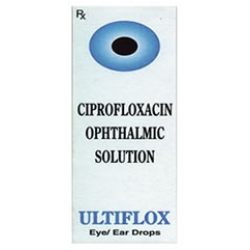
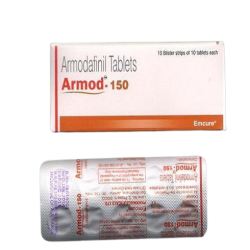


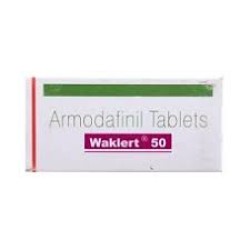
-250x250w.jpeg)


